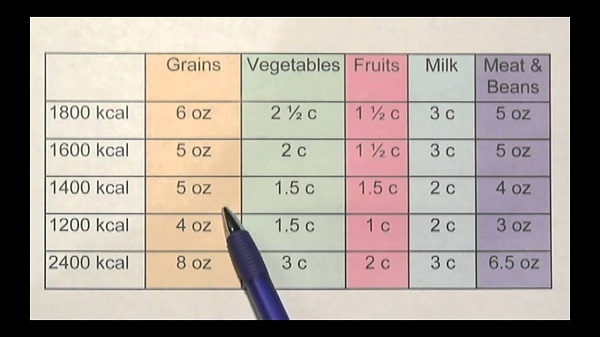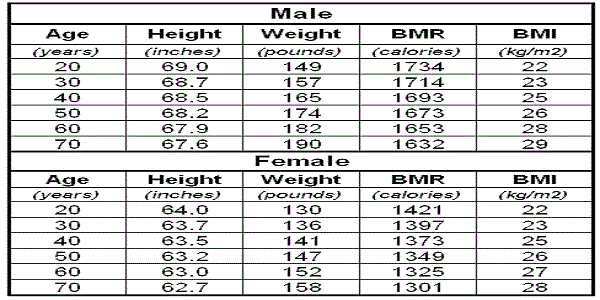A research by the World Health Organization (WHO) on obesity and overweight that was presented in 2016 highlights that 1.9 billion people of age 18 and above weighed more than they should.
From the same data, 650 million adults and over 41 million children of pre-school age were reported to be obese.
What this means is that there is an urgent need for people to watch closely what they eat to help control fat built up in their bodies. This post elaborates more on calorie meal plans.
Having a low-calorie meal plan is one among other effective ways one can keep their weight in check. As it means you will be availing only the necessary amount of calories needed in the body and avoiding the storage of excessive fat.
A standard meal plan is that which is specifically designed for you. It should only supply a specific caloric amount.
In most cases, diet instructors recommend a meal plan that would give your body around 1200 and 1500 calories per day depending on your level of activity.
However, there is an option for a very low-calorie diet, which is a crush program that is designed to help folks shed fats faster. With a VLCD your total caloric intake per day should not exceed 800.
How a Calorie Meal Plan Works

Source: Skinnyms.com
One area many people fail with meal plans is not having a precisely defined strategy for the goals they want to achieve. Important to understand is that a meal plan works best when you use it as a program to help you form new eating habits.
To achieve this you need a strategy with predefined and set goals to meet within a specified period.
See, what you are doing when you set limits to the number of calories that should end up into your body is that you are simply giving your body only what is needed for healthy survival, while at the same time helping it to use stored fats.
Another important thing to know when you are planning to begin a weight loss program is that the plan needs to be realistic and easy to follow.
For instance, a 7-day say 1200-calorie meal proposal should be characterized by eating specifically selected vegetables. They need to be nutritionist-approved dieting ideas for healthy breakfast, snacks or lunch, and dinner that are low on fats.
Calorie Meal Plan – Calculating Your Calorie Targets

Source: youtube.com
Your calorie diet plan can be best designed by looking at different factors. The main one being the actual energy requirements your body needs to function healthy but at the same time force it to burn fats.
This is often where professional assistance is necessary. Anything less than 1100 is associated with a lifestyle with moderate to low activity, hence less need for extra energy.
Meal plans that supply 1300 to1400 going up to 1800 calories per day are associated with a lifestyle that demands an extra amount of energy, which means the body will use the fats and none will be stored.
Top on that, your body fat, daily calorie target, and whether or not you are stuck in a weight-loss plateau are other things that should be considered when calculating and designing a functional calorie meal plan.
Understanding the Very Low Calorie Diet (Calorie Meal Plan Options)
The reason why doctors and weight loss instructors refer to this as a very low-calorie diet is that the amount of calories a person should take is restricted to not more than 800 calories per day.
Unlike other programs, VLCDs are particularly recommended for people who are struggling with obesity, to help achieve a defined weight loss target rapidly, as part of salvaging their health.
In that sense, a very low-diet plan should be designed by a professional and be executed under the close supervision of a well-experienced diet practitioner.
Body Mass Index in Relation to Calorie Meal Plans

Source: combat-aging.com
Originally, this type of calorie meal plan came on board in the 1970s and was initially designed for patients with a BMI (body mass index) of 30 going up.
Now, unless supported by a medical situation that warrants its use, people with a BMI of less than 30 are restricted from this intense form of weight loss. Besides that, a very low-calorie diet program is also not recommendable for children and teens.
Under a precise and well customized VLCD subscription, the patient is expected to shed off up to 5 pounds per week for a period of 4 months which totals to 44 pounds that are expected to go down the drain.
The Benefit of Having a Calorie Meal Plan in Place
Talking of the benefits, doctors agree that the patient is likely to experience total transformation with a very low-calorie meal plan, including a significant improvement in the symptoms of high cholesterol, high blood pressure, and diabetes.
In conclusion, a good approach when you are considering a calorie meal plan to help you lose or maintain a certain amount of pounds is – get professional assistance.
Be the first to comment